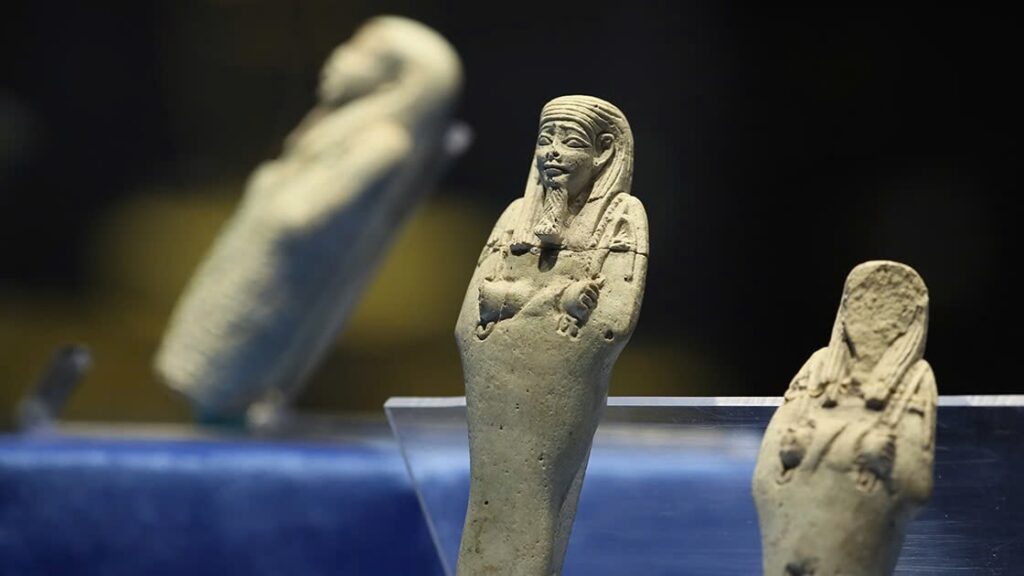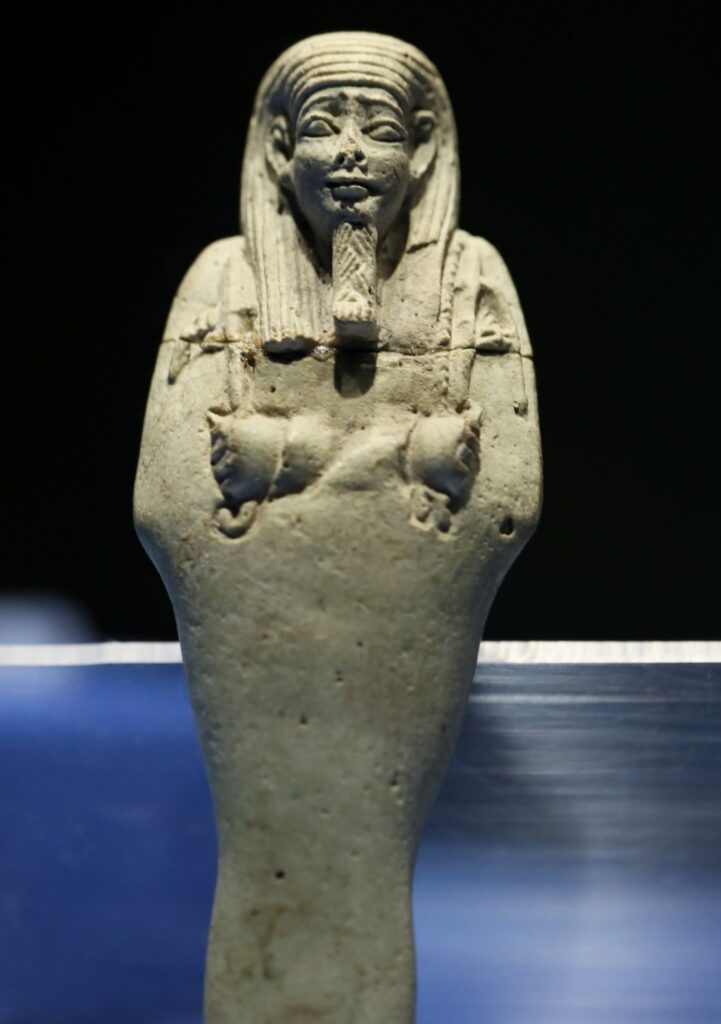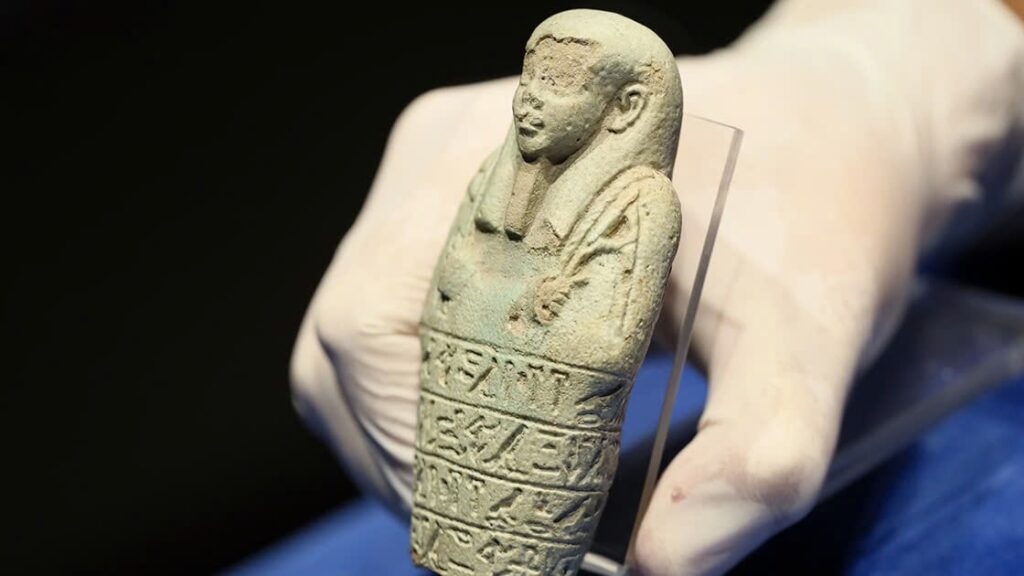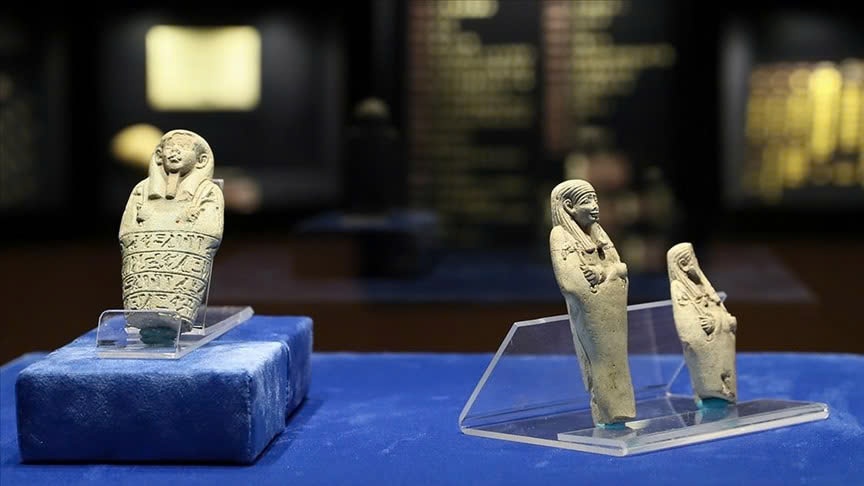Unveiling 2,700-Year-Old Treasures at the Izmir Archeology Museum

In a fascinating display of ancient artistry and cultural exchange, the Izmir Archeology Museum in Turkey’s Aegean province has unveiled a remarkable exhibition featuring 2,700-year-old Ushabti figurines. These small but significant artifacts, discovered during archaeological excavations in western Turkey, offer a unique glimpse into the historical connections between Egypt and Anatolia.
A Long-Awaited Revelation

After nearly eight decades in storage, these precious Ushabti figurines have finally emerged from the museum’s warehouses as part of the intriguing “You Will See What You Don’t See” project. Visitors now have the rare opportunity to admire these ancient treasures until the end of September.
Guardians of the Afterlife

Hunkar Keser, the director of Izmir Archaeological Museum, explains the profound significance of these figurines in ancient Egyptian beliefs. “Ushabtis were believed to come to life in the afterlife, ready to perform any tasks assigned to the deceased,” Keser revealed. “Most are depicted holding farming tools, reflecting the Egyptians’ belief that agriculture would continue in the afterlife.”
Hieroglyphic Mysteries
One of the most intriguing aspects of the Ushabti figurines is the hieroglyphic inscriptions adorning their surfaces, particularly on the legs. These inscriptions, derived from the Book of the Dead, were meant to animate the figurines and instruct them in their afterlife duties.
A Testament to Ancient Connections

The presence of these Egyptian-style figurines in Anatolia speaks volumes about the deep-rooted relations between the two regions. “We know that Anatolia and Egypt had very important relations in politics, culture, art, and trade throughout history,” Keser noted, highlighting the significance of these artifacts in understanding ancient Mediterranean connections.
A Rare Opportunity for History Enthusiasts

As these three Anatolian clay Ushabti sculptures stand ready to greet visitors in the treasury hall of the Izmir Archaeological Museum, they offer a unique window into the beliefs, craftsmanship, and international relations of the ancient world. Don’t miss this chance to witness a piece of history that bridges continents and millennia.

